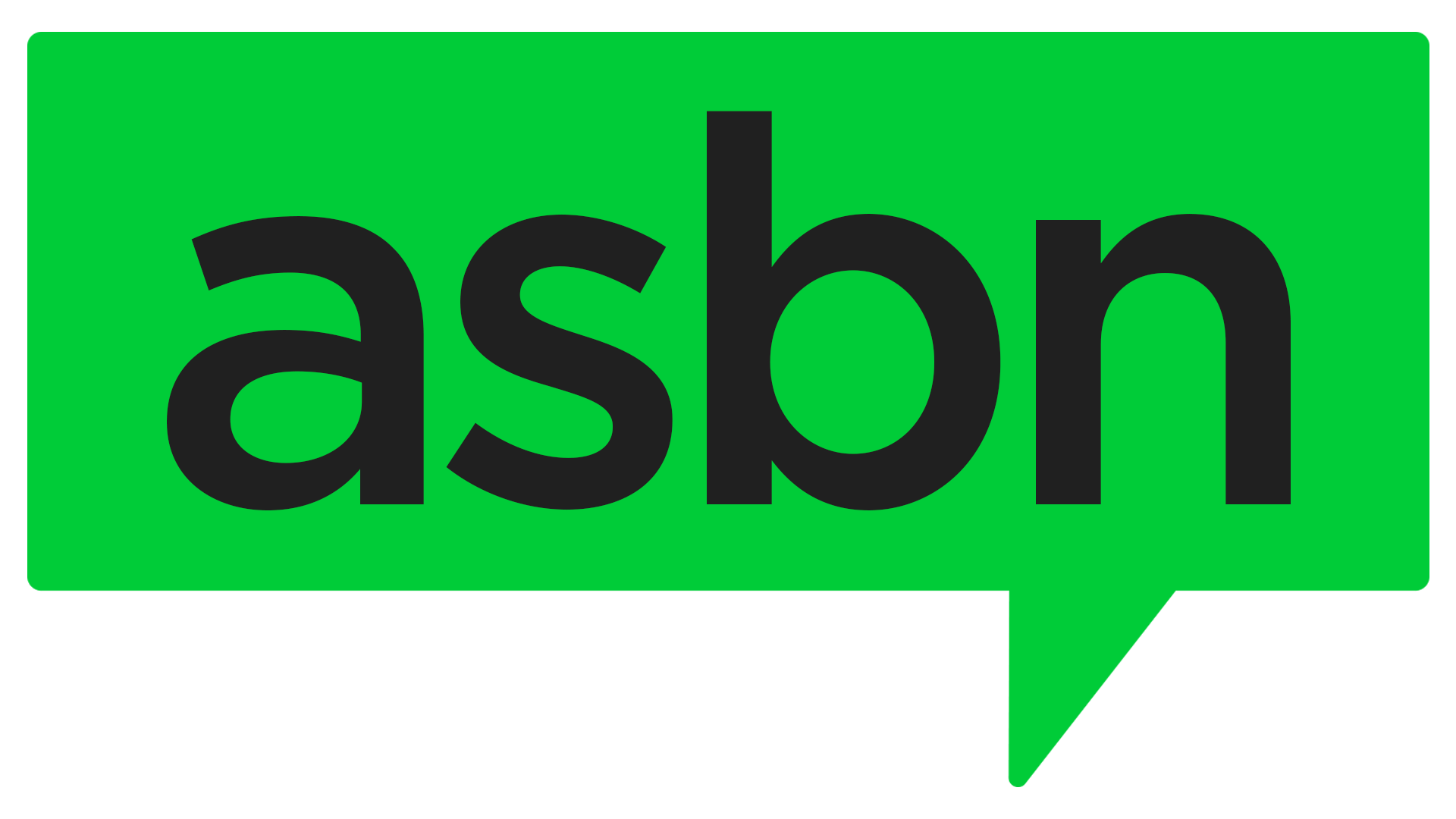According to the latest National Federation of Independent Business (NFIB) report, Small business sentiment remains primarily stable in June, though lingering operational challenges threaten slow growth.
The NFIB’s Small Business Optimism Index edged down slightly to 98.6 in June, holding above its 51-year average of 98. While the dip signals a modest decline in sentiment, it reflects continuing pressure from factors such as labor shortages, tax burdens, and inventory imbalances.
A major contributor to the decline was an uptick in small business owners reporting excess inventory. The share of owners who viewed their current stock levels as too high increased to 12%, resulting in a net perception of inventory adequacy of -5%. This suggests that businesses may be misaligning their supply with consumer demand, which could result in capital being tied up in unsold goods.
Labor quality remained a significant concern, with 36% of owners reporting unfilled job openings. Most of those hiring cited difficulty in finding qualified candidates, signaling that workforce constraints could continue to limit growth. Compensation costs also rose, with a net 33% of owners increasing wages. Many expect to boost pay further in the coming months, straining operating budgets.
Meanwhile, expectations for better business conditions in the next six months fell to a net negative 22%, though that remains well above the historical average of negative 3%. This indicates tempered optimism as owners weigh broader economic signals.
Inflation concerns appear to be easing, with only 11% of owners citing it as their top issue. Still, tax burdens remain the leading problem for most respondents, a longstanding concern that could shape advocacy and policy priorities.
Capital spending intentions also declined, with fewer owners planning major investments—a sign that caution is guiding long-term strategy. Only half reported capital expenditures in the past six months, the lowest share since August 2020.
To adapt, the report suggests owners may benefit from tightening inventory management, reevaluating pricing strategies, and exploring creative workforce solutions such as training and flexible roles. Maintaining financial agility will also be key amid ongoing tax and economic uncertainties.




 ASBN, from startup to success, we are your go-to resource for small business news, expert advice, information, and event coverage.
ASBN, from startup to success, we are your go-to resource for small business news, expert advice, information, and event coverage.